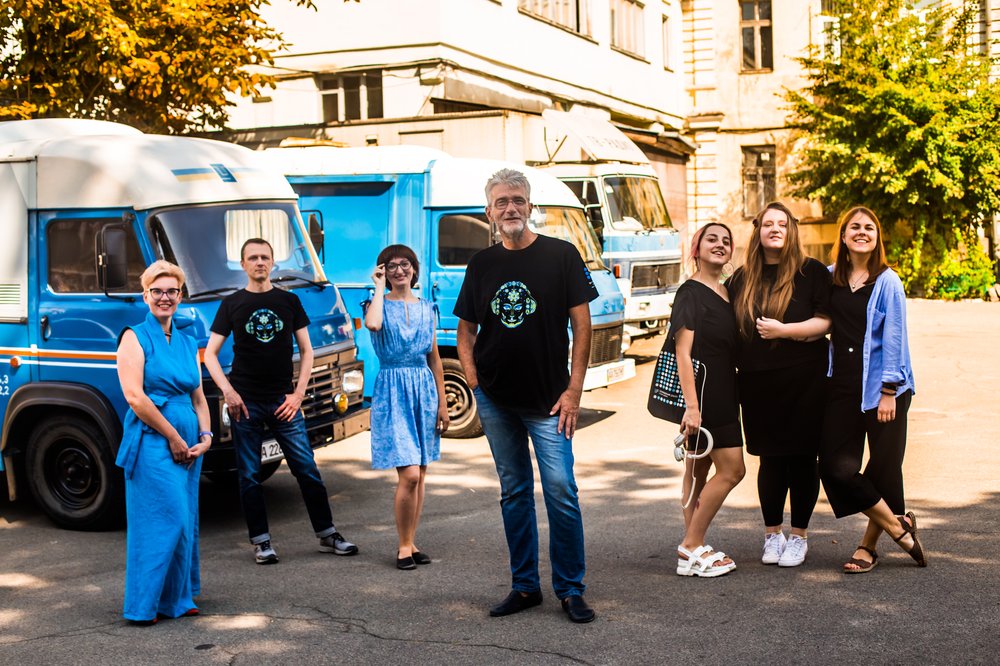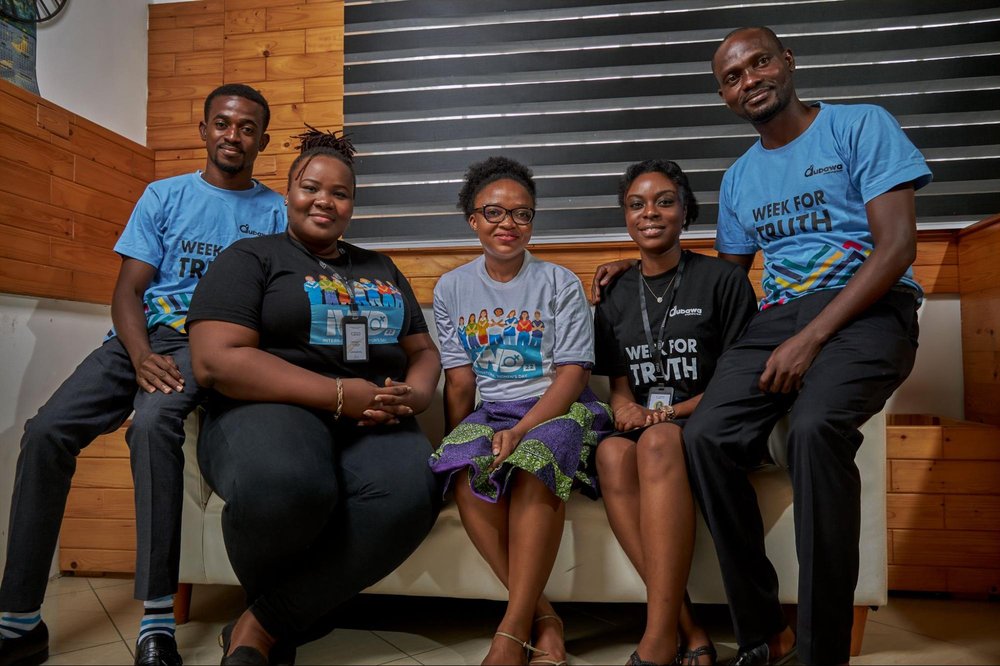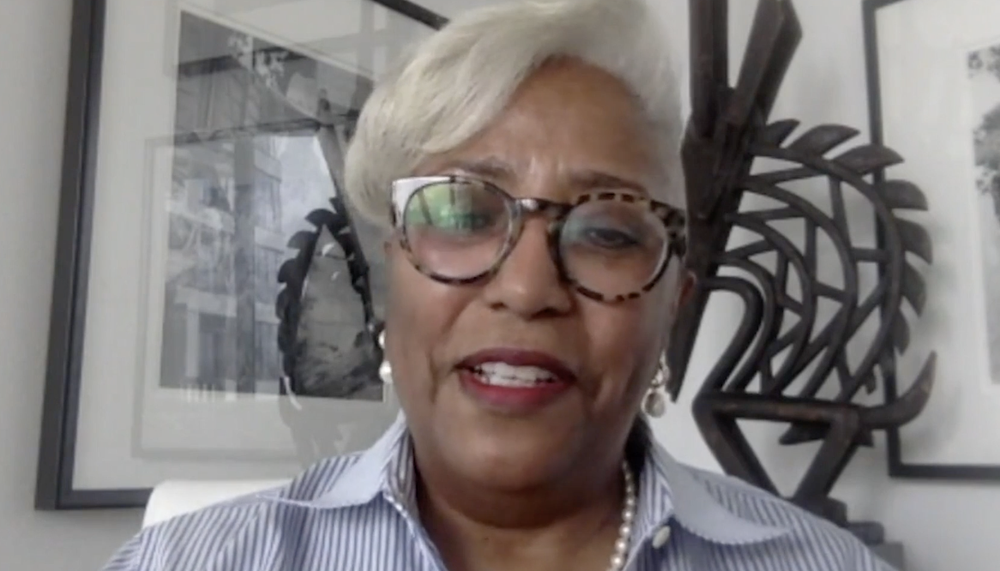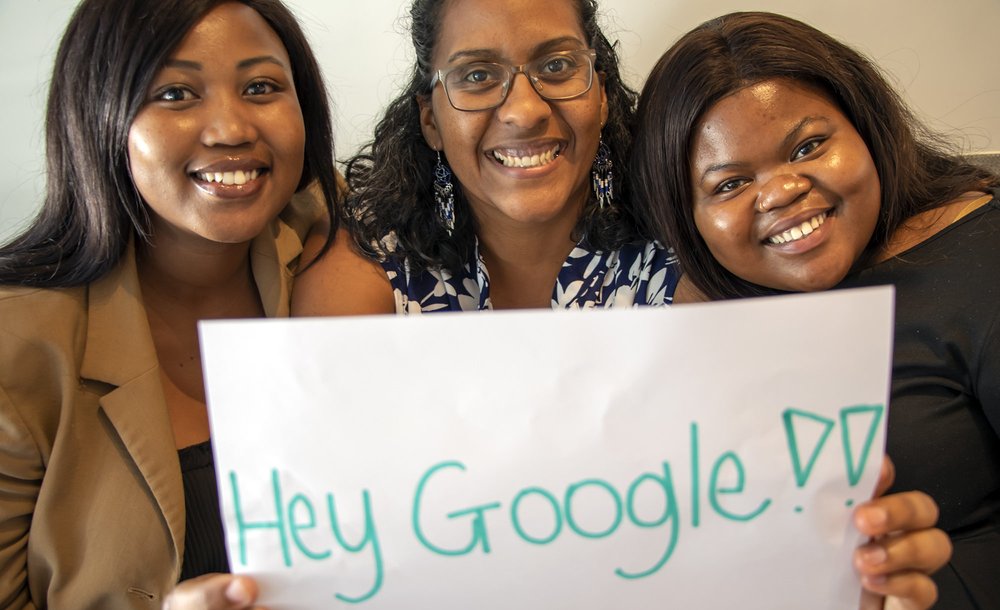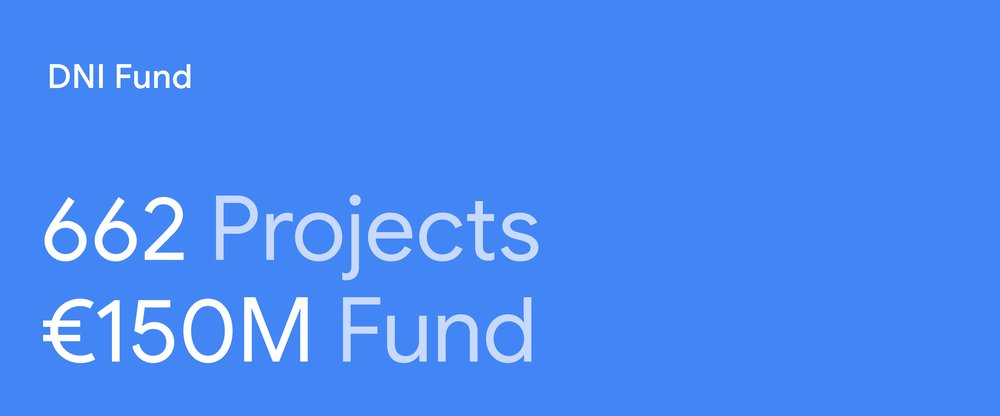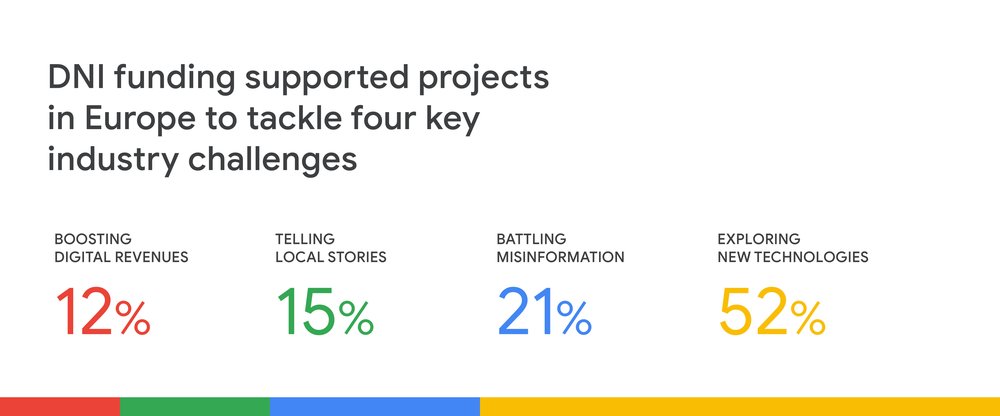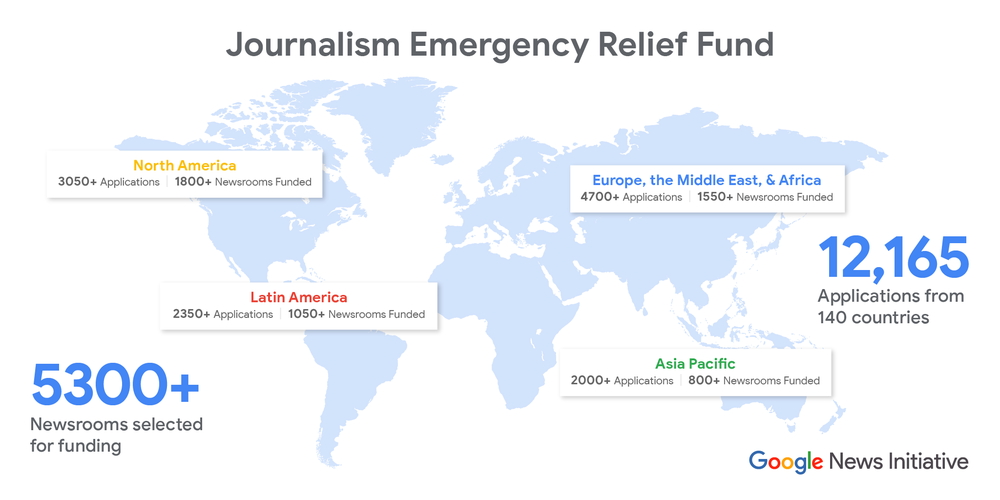In working with journalists and publishers around the world for many years, the question that I’m continually asked is why Google works with the media? The answer is found in our mission: “to organize the world’s information and make it universally accessible and useful.”
Our mission is inextricably linked with the essence of journalism, aiming to provide citizens around the world with access to the information they need to make the best possible decisions about their lives. We all need and want a sustainable and diverse news industry that provides us, and our communities, with high-quality news.
In 2018 we created the Google News Initiative Innovation Challenges, with the goal of empowering news organizations to pioneer new thinking in online journalism, develop new business models and better understand their communities. Since then, we’ve worked with and funded 338 projects in 75 countries. And today, I’m thrilled to share that 30 more media organizations from 12 countries in Latin America are the new recipients in our third iteration of the Challenge in the region.
The third edition in Latin America
This Innovation Challenge in Latin America was open to the entire ecosystem from news publishers to digital-only outlets, news startups, associations or NGOs, academics and independent journalists. Applications ranged from projects focused on increasing reader engagement and/or revenue from readers, developing and diversifying business models, combating misinformation, increasing trust in journalism, reaching new audiences, improving workflow efficiency and exploring new technologies.
We received 353 applicants from 21 countries in the region. All projects were evaluated by a team of experts and a final jury that were impressed by the diversity and the quality of the proposed projects. We saw creative solutions by regional media focusing on the development of inclusive membership models and content distribution for younger people. Others seek to generate resources through technology and collaboration with readers by developing new subscription platforms, capitalizing on the power of blockchain technology, and betting on artificial intelligence to help fight misinformation or increase engagement.
Of the applications we received, more than 31% percent were from regional and local publishers, while 23% were from online-only publishers.
Some highlights include:
- Abril Editorial Match: This project from Brazil seeks to use artificial intelligence to better understand their readers’ behavior across Abril's brands, engaging them through a predictive experience of relevant articles.
- El Colombiano: This Colombian project, “Loyalty Wall,” seeks to implement a platform for digital subscriptions, which includes a dynamic paywall and loyalty rewards for audiences.
- Promoting information access in Latin America (PIALA): This Mexican platform will enable journalists and researchers to make the most of the freedom of information acts (FOIAs) across the region. Users will be able to create, submit, manage, organize and follow up on all their FOIA requests at the same time in a quick and easy way.

This photo collage shows images of some of the 2022 recipients of the Innovation Challenge in Latin America.
Congratulations to the 2022 Latin America recipients!
- TeleNueve (Argentina)
- Editorial Jornada (Argentina)
- La Gaceta (Argentina)
- El Litoral (Argentina)
- Agencia de Noticias Fides (Bolivia)
- Plural (Brazil)
- Lupa (Brazil)
- A Gazeta (Brazil)
- Poder360 (Brazil)
- Sumaúma (Brazil)
- Mídia Ninja (Brazil)
- Carla Beraldo (Brazil - freelance journalist and researcher)
- Grupo Matinal Jornalismo and Headline News (Brazil)
- Abril (Brazil)
- Ambiental Media (Brazil)
- Diário do Nordeste (Brazil)
- Grupo Copesa (La Tercera) (Chile)
- BioBioChile (Chile)
- Súbela Radio (Chile)
- El Colombiano (Colombia)
- Baudó Agencia Pública (Colombia)
- Confidencial (Costa Rica)
- Fundación El Churo - Wambra Medio Digital Comunitario (Ecuador)
- PIALA (México)
- Grupo Milenio (México)
- Empresa Editora Milenio (Peru)
- Asociación de Periodismo de Investigación Ojo Público (Peru)
- El Faro (El Salvador)
- La Diaria (Uruguay)
- A.C. Contenidos para la información y formación (Cofein) (Venezuela)
Thanks to all who applied and congratulations to all of the selected projects. We hope media initiatives in the region continue their efforts to maintain a sustainable and diverse news ecosystem in Latin America. Only through collaboration is it possible to build new business models that will benefit us all. Our commitment to the news industry stems from our founding mission to build a better-informed world, and quality journalism is as essential today as it’s ever been to democracies around the world.
More information about all the selected projects can be found on our website.
